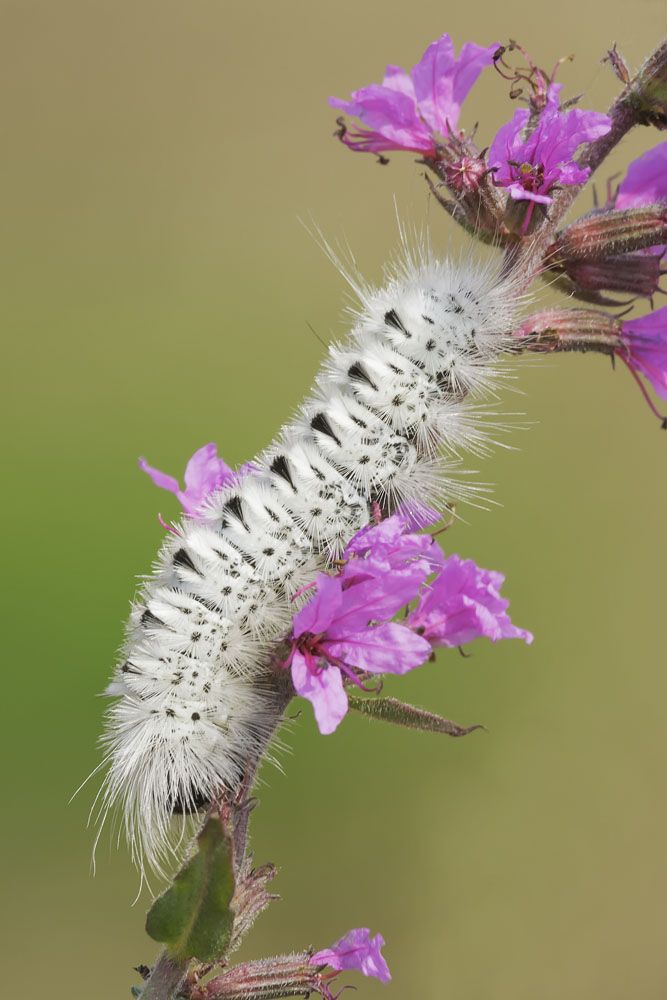
Hickory Tussock Moth – Lophocampa caryae
Hickory Tussock Moth – Lophocampa caryae
Common Name: Hickory Tussock Moth
Latin Name: Lophocampa caryae
Appearance:
The Hickory Tussock Moth has white wings with black spots and a wingspan of about 4 cm. The caterpillar is strikingly colored, with black and white tufts of hair and a bright red head.
Egg: The eggs of the Hickory Tussock Moth are laid in clusters on the leaves of host plants and are covered in a protective layer of hairs from the female moth.
Pupa: The Hickory Tussock Moth’s pupa is brown and formed in a cocoon on the ground.
Larva: The larval form of the Hickory Tussock Moth is a caterpillar with black and white tufts of hair and a bright red head.
Adults: The adult Hickory Tussock Moth has white wings with black spots and a wingspan of about 4 cm.
Host plant:
The Hickory Tussock Moth feeds on the leaves of various trees, including hickory, walnut, and oak.
Territory:
The Hickory Tussock Moth is found throughout the eastern United States, from Maine to Florida and as far west as Texas.
Damages caused by Hickory Tussock Moth:
The larvae of the Hickory Tussock Moth can defoliate trees and impact their growth, especially when they occur in large numbers. They can also cause skin irritation in humans and pets if their hairs come into contact with the skin.
Life history and Habits:
The Hickory Tussock Moth has a one-year life cycle. The female moth puts her eggs in clusters on the leaves of host plants in the summer, and the eggs hatch into the startlingly colored larvae known as the Hickory Tussock Moth, caterpillar. Before falling to the ground to spin a cocoon and pupate, the caterpillars spend many weeks feeding on the leaves of the host plant. The pupa overwinters, and the adult moth emerges the following summer. The Hickory Tussock Moth is a well-known and frequently encountered species, often seen in suburban and urban areas where its host trees are common.
